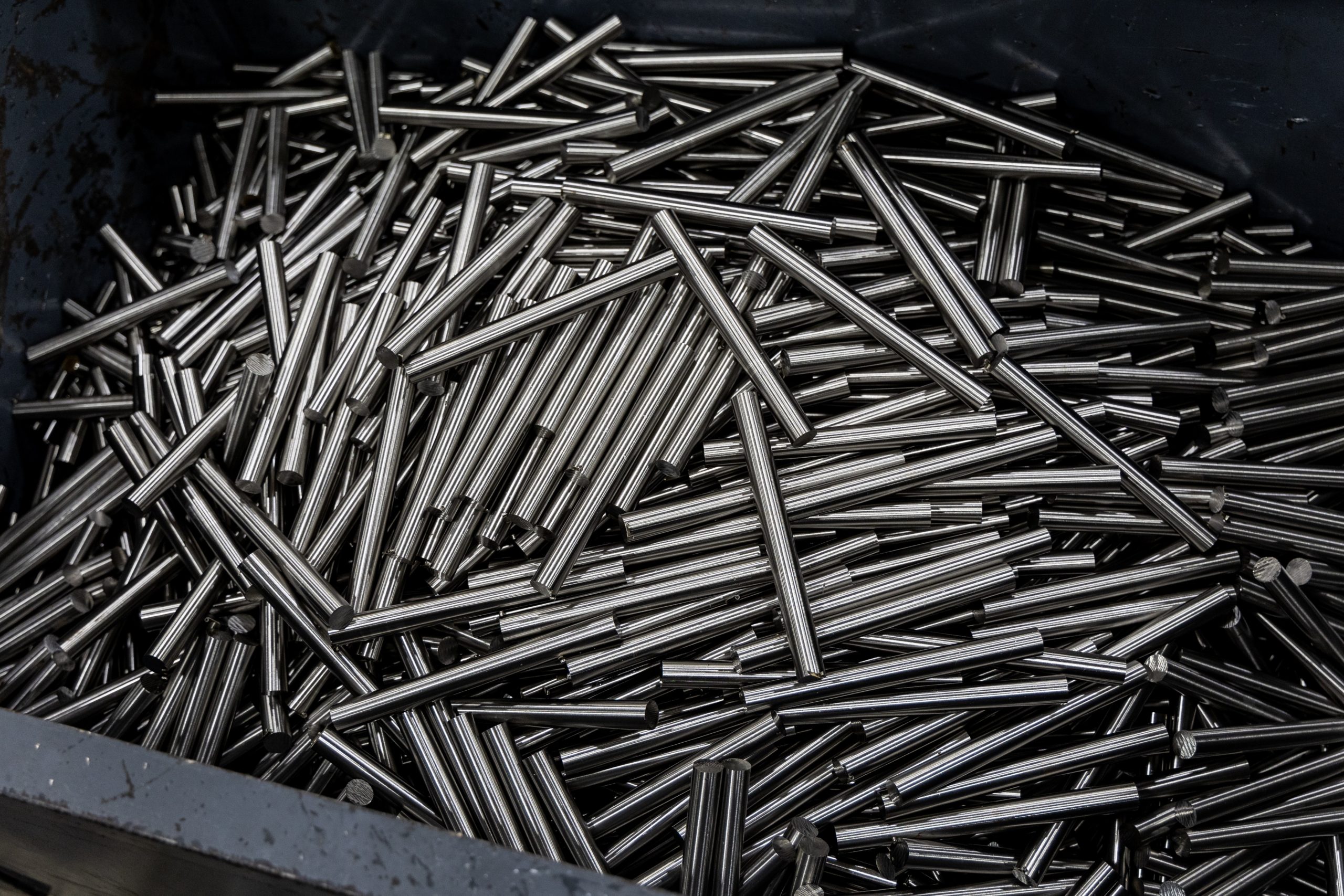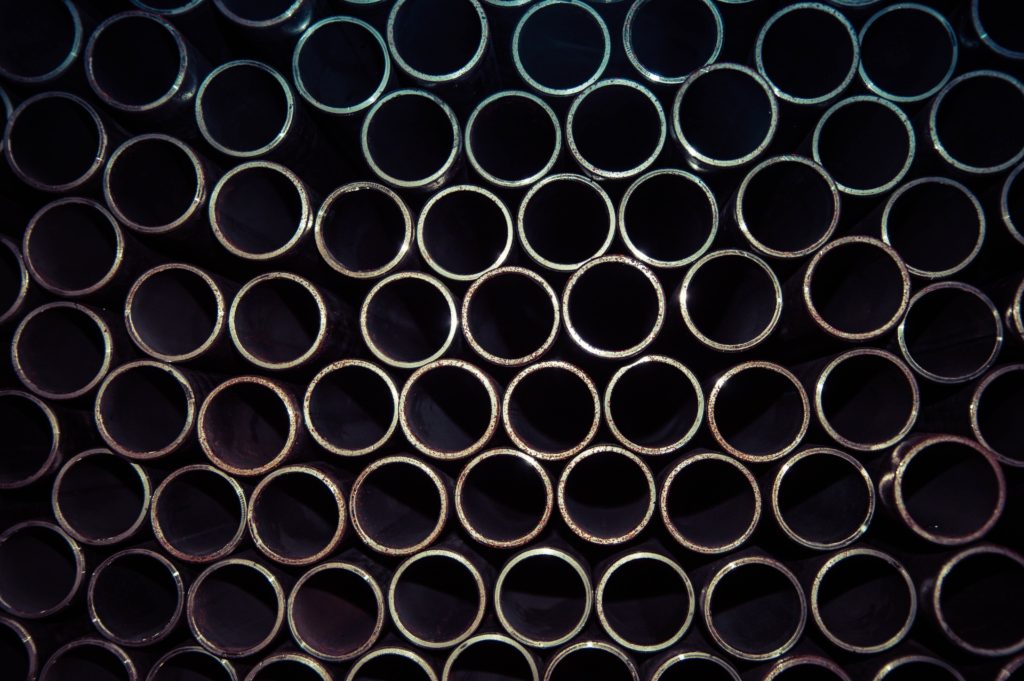Steel is usually a mixture of iron, carbon, and small amounts of other elements such as manganese, silicon, chromium, tungsten, and others. When these elements are heated and cooled, they create a strong, flexible metal. Some claim that steel is not technically a metal since it is not an element. But others say that steel is a mixture of metal and non-metal.
Which one is correct?
How do you classify steel?
Steel can be classified in a number of ways, depending on its composition, manufacturing process, and properties.
For example, carbon steel, stainless steel, and tool steel are all types of steel that differ in their carbon content, chromium content, and hardness.
Steel can also be classified according to its position in the manufacturing process, such as ingot, bloom, slab, billet, and so on.
Finally, steel can be classified according to its physical properties, such as ductility, hardness, and tensile strength.
Why is steel not a true metal

There are a few reasons why steel is not considered a true metal.
For one, steel is an alloy, meaning it is made of a combination of two or more elements. True metals are elements that occur naturally in the world and do not need to be combined with other elements to form a new substance.
Another reason is that steel is not a good conductor of electricity. While true metals are good conductors, steel is not because it contains other elements like carbon that interfere with the flow of electrons.
Steel is not malleable, meaning it cannot be shaped or formed without breaking. True metals are malleable, meaning they can be molded or formed into new shapes without breaking. For these reasons, steel is not considered a true metal.
How steel is processed
Steel is one of the most important materials in modern industry, and it is produced in a variety of ways. The most common method is the Basic Oxygen Furnace (BOF) process, in which iron ore is mixed with coke (a carbon-rich substance made from coal) and limestone.
The mixture is placed in a furnace and heated to a very high temperature, at which point the iron ore begins to melt. Once the iron ore is melted, additional substances, called “alloys,” can be added to create different types of steel. The steel is then poured into molds to create the desired shape.
The BOF process is just one of many ways to produce steel. Other methods include the Electric Arc Furnace (EAF) process, in which scrap steel is melted in an electric arc furnace, and the Direct Reduction (DR) process, in which iron ore is reduced to iron without going through the melting process.
Steel can also be produced using alternative methods such as the Basic Oxygen Furnace (BOF) process. No matter what method is used, the steelmaking process is an essential part of the modern world.

